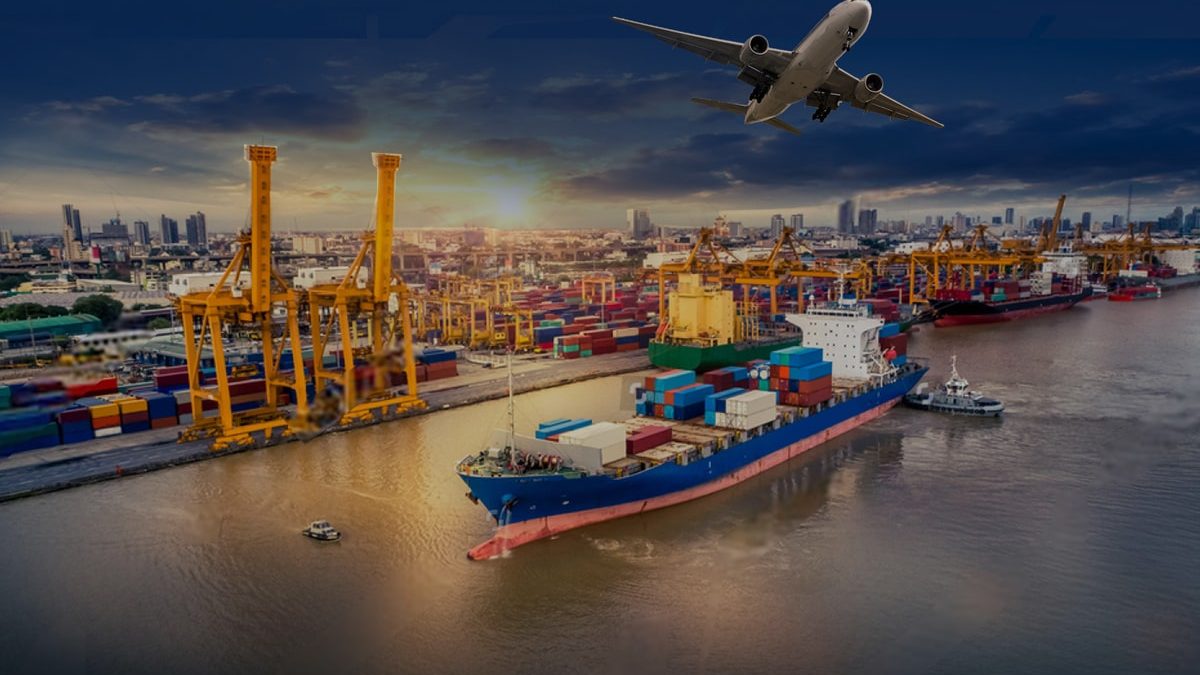Efficiency in International Trade Logistics

Claiming Refunds For Section 301 China Punitive Tariffs
April 26, 2020
USA Customs Holds and Examinations
June 9, 2020Logistical efficiency is important for international trade and can be defined as a continuous process of reducing the journey costs and time, while improving reliability, consistency, and the informational flow. It is always a continuous process because to achieve the best logistical efficiency is well-nigh impossible.
There are many ways by which exporters and importers can save (more) costs and time to move the cargo across international borders, while reaching higher levels of consistency, reliability and information flow. Let us briefly analyze these 4 components – costs, time delays, reliability/consistency
and information flow.
Costs & Time Costs
First, it is easy to understand that cost efficiency in logistics covers the time duration aspect as well. Important to know is that the cost efficiency must be applied on holistic basis to the entire route – from the origin to the destination. Sometimes it requires sacrificing costs and time efficiency of individual component of the journey, to get to the optimum cost efficiency level of the journey. It calls for looking at the whole lot of trees as woods and not as individual trees. For example, some importers/shippers adopt transloading option with extra costs and the additional time consumed in the process, to improve total cost and time duration of the overall in-land journey.
Inventory Stuck in Transit
Now consider this; if each shipment is taking a long time to reach its destination, it means the total amount stuck in the inventory-in-transit is high. The origin is seeing, for example, 25 containers leaving for destination each day, and the destination is also getting 25 containers daily, but the in-transit containers could be 300. That means 300 containers worth of cost has been invested in the logistics either by the shipper or the consignee, depending on incoterms. This is a non-earning, stuck investment and if it could be cut down to, say, 200 containers, overall payment cycle will reduce by 4 days (100 reduced in-transit containers divided by 25 containers shipped daily), which is great.
But often the transit cost has a positive correlation with consistency and reliability, meaning that if cost is reduced, consistency and reliability may go down too.
Consistency & Reliability
Let us discuss what consistency and reliability means in this context. Sidestepping semantic details, if the entire journey from the origin to destination has reliable and consistent logistics, it means it takes just about the same time and costs, for every shipment, every time. A poor level of reliability and consistency often means the importer must maintain a large inventory of the imported cargo to avoid stockouts; higher inventory means higher costs.
And Information Efficiency
To complete the understanding of logistical efficiency, there is information management. From the point origin to destination, exact geographical and process location of each cargo must be known to the managers at all the times. Process location means the cargo is undergoing which process in the supply route. Now let us define the concept of logistical efficiency.
Total logistical efficiency could now be defined as a continuous process of reducing the journey costs and time, while improving reliability, consistency, and the informational flow. It is always a continuous process because to achieve a perfect logistical efficiency is well-nigh impossible.
About Getting Help From Experts!
Well managed importers often outsource the expertise of logistical efficiency to a 3 rd Party Logistic (3PL) company that has all the required licenses to deal with the government agencies, is resourceful, and handles everything in-house. Such a 3PL partner company knows how to keep improving logistical efficiency.
Please contact TEU Global to know how you can build and maintain reliability and consistency in your exports to and imports from USA, yet reducing the cost and time; drop us an email at import@teuinc.com or export@teuinc.com, or call us toll free at 877-414-8381, or phone +1 732-515-9040.





